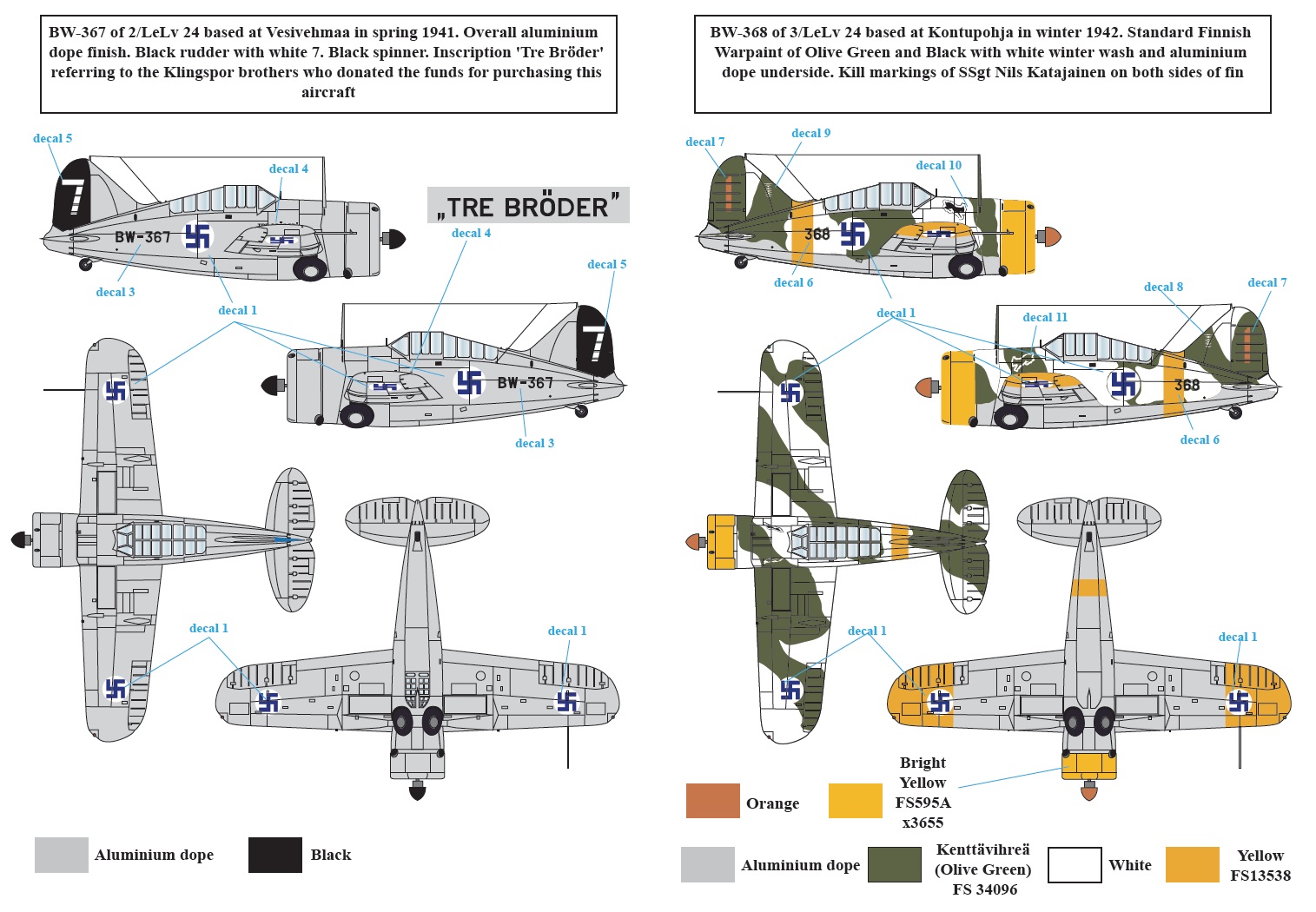

Soon added to the flights were registered nurses, who were the first airline stewardesses. Offered passengers hot and cold running water, reading lamps, forced-air ventilation, and other innovative niceties. POP: 2 land/sea gunnery trainers built for Army evaluation, went to Pacific Air Transport instead.Ħ9, 69-B 1928 = Prototype for USN XF2B-1 and 2 69-B civil exports.ħ4 1927 = 1pOB on wheels or single pontoon 425hp P&W R-1340 span: 33'0" length: 25'1" v: 157 ceiling: 21,300'. Most were used by Boeing Air Lines and Boeing School of Aeronautics (Oakland CA).Ĥ0H-4 (Canada) 1929 = POP: 5 40B-4 built by Boeing-Canada.Ĥ0Y 19? = No data. $23,500 POP: 10, reportedly some with two open cockpits (possibly the oddball B-2 above?). $24,000 POP: 38, incudes conversions from 40. POP: 1, likely unregistered as factory experimental possible other conversions from 40 under (2-64). POP: 22-25 most in service with Boeing Air Transport System. 40 with a 2p passenger compartment replacing the cargo hold all-steel fuselage frame.

POP: 1 built for mail carrier evaluation carried 1,000# of mail on the Chicago-San Francisco route, but failed to earn a USPO contract at that time. In the interests of clarity and categorization, since planes were built at the Stearman plant in Wichita and generally from Stearman design teams, Boeing-Stearman models are listed as Stearman-Boeing.Ĥ0 1925 = 1pOB 400hp Liberty 12 span: 44'2" length: 33'2" v: 135/110/55 range: 550 ceiling: 15,800'. NOTE: In 1934 Stearman became a subsidiary of Boeing Aircraft Co, and in 1939 of the Wichita Division. 1934: Boeing Aircraft Co, United Aircraft Corp. 1929: Boeing Aircraft Div, United Aircraft & Transport Corp. 1917: (William Edward) Boeing Airplane Co, Seattle WA. Boeing numeric, and A to BX Boeing C to Z and hyphenates > 1916: Pacific Aero Products Co, Seattle WA.


 0 kommentar(er)
0 kommentar(er)
